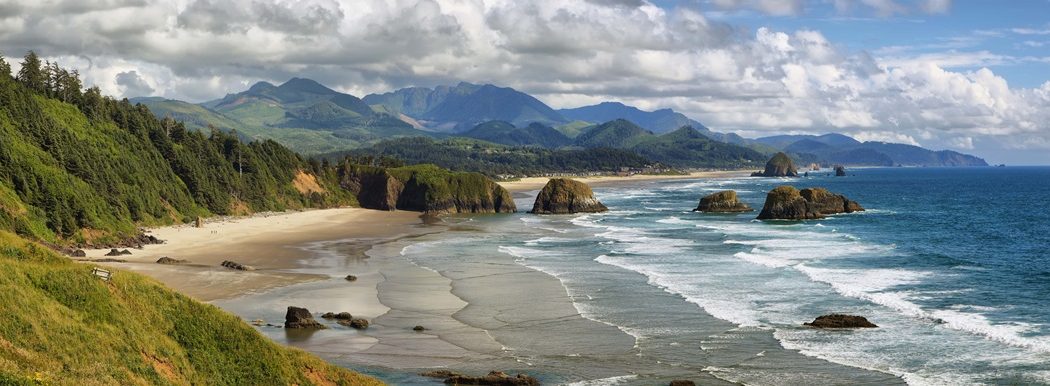In a December 27, 2017 article in The Guardian, Felisa Rogers writes:
My husband Rich is getting ready for work. He oils his leather gloves and fills a Thermos. He’ll spend a 10-hour day in the downpour: tramping through thorny salmonberry and wading through the roaring creeks.
We live in the Oregon Coast Range, a region that’s been in steady economic decline since the sawmills began shutting down in the late 1980s. Before Rich got this job we were living hand to mouth. Now things are looking up. It won’t make us wealthy, but Rich has scored one of the best jobs in our remote neck of the woods.
He works for the Siuslaw Watershed Council, an organization that partners with land owners to restore stream habitat for Coho salmon.
In the past two decades, rural people across the west have formed successful coalitions to rehabilitate ecosystems while simultaneously providing jobs to stimulate destitute economies. As divisive rhetoric dominates the American story, backwater communities have been making small but vital steps to bridge the red/blue divide.
Since I began studying the restoration economy, I’ve frequently heard the phrase win-win. Collaborative restoration is built on everyone feeling like they’re winning something. It’s the only way to get ranchers, the timber industry, scientists, rural landowners and environmentalists to sit down at the same table.
Wallowa County (population 7,000) is a remarkable economic success story. This notoriously red county came out swinging for Donald Trump (67.2%), yet it boasts one of the most progressive community development plans in rural America.
This is due, in part, to Wallowa Resources, a local group that formed in the wake of the mill closures of the 1990s.
Their highly-collaborative projects include watershed restoration, small-scale hydropower, partnering with ranchers to control noxious weeds, and turning the byproducts of forest restoration into poles and firewood.
From the Wallowa Resources website:
In 1996, due to changes in national forest management, the saw mills shut down and 20% of the workforce lost their jobs overnight. In the back room of a bakery, a group of local citizens came together to create a new community organization to deal with this abrupt economic downturn: Wallowa Resources.
Since then, we have invested our time, money, and effort in taking care of Wallowa County’s land and community. We educate the next generation. We put local people to work. We share our successes–and our failures–so that we can learn from each other. We work to revitalize rural communities, especially Wallowa County. Our response to that founding crisis became a national model for community-based solutions.
Photo of Cannon Beach on the Oregon coast via Adobe Stock.

